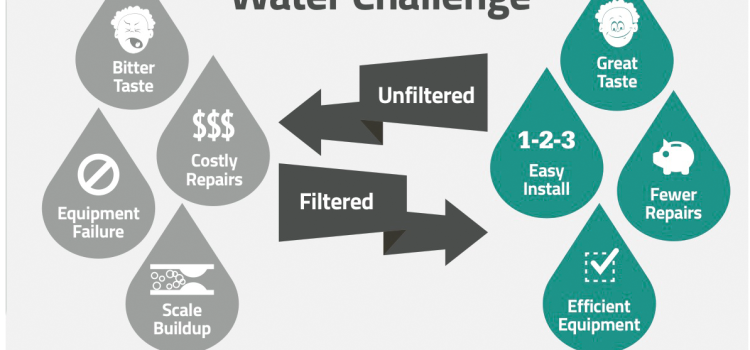By:Rovira, J (Rovira, Joaquim)[ 1,2 ] ; Martinez, MA (Angeles Martinez, Maria)[ 1 ] ; Sharma, RP (Prasad Sharma, Raju)[ 1 ] ; Espuis, T (Espuis, Teresa)[ 1 ] ; Nadal, M (Nadal, Marti)[ 2 ] ; Kumar, V (Kumar, Vikas)[ 1,2 ] ; Costopoulou, D (Costopoulou, Danae)[ 3 ] ; Vassiliadou, I (Vassiliadou, Irene)[ 3 ] ; Leondiadis, L (Leondiadis, Leondios)[ 3 ] ; Domingo, JL (Domingo, Jose L.)[ 2 ]
ENVIRONMENTAL RESEARCH
Volume: 175
Pages: 384-392
DOI: 10.1016/j.envres.2019.05.040
Published: AUG 2019
Document Type:Article
This study was aimed at assessing the prenatal exposure to perfluorooctane sulfonic acid (PFOS) and perfluorooctanoic acid (PFOA) in a cohort of pregnant women living in Reus (Tarragona County, Catalonia, Spain). These chemicals were biomonitored in maternal plasma during the first trimester of pregnancy, at delivery, and in cord blood. The dietary exposure of PFOS and PFOA was estimated by using questionnaires of food frequency and water intake, as well as data on food levels previously reported in the same area. In addition, the exposure through air inhalation and indoor dust ingestion was also calculated. Finally, a physiologically-based pharmacokinetic (PBPK) model was applied in order to establish the prenatal exposure of the fetus/child and to adjust exposure assessment vs. biomonitoring results. Probabilistic calculations of fetal exposure were performed by forward internal dosimetry and Monte-Carlo simulation. Mean plasma levels of PFOA were 0.45, 0.13 and 0.12 ng/mL at the first trimester, at delivery and in cord plasma, while those of PFOS were 2.93, 2.21, and 1.17 ng/mL, respectively. Traces of PFOS were found in all samples in the trimester and at delivery, and almost in all cord blood samples. Transplacental transfers of PFOS and PFOA were estimated to be around 70% and 60%, respectively. A temporal decrease trend in plasma levels of PFOS and PFOA was noticed, when comparing current values with data obtained 10 years ago in the same area. In agreement with many other studies, dietary intake was the main route of exposure to PFOS and PFOA in our cohort of pregnant women. It is an important issue to establish the exposure in critical windows periods such as fetal development to perfluoroalkylated substances, but also to other endocrine disrupting chemicals.
The post Prenatal exposure to PFOS and PFOA in a pregnant women cohort of Catalonia, Spain appeared first on Facts About Water.
Source: Water Feed









